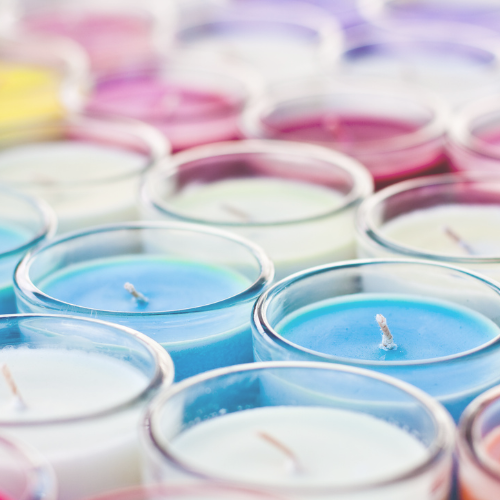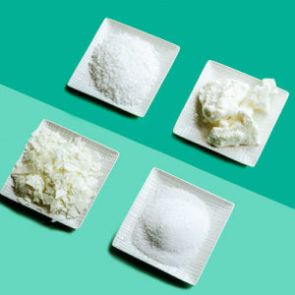Troubleshooting Guide - Frosting
If you’re new to the candle game, the term “frosting” may still be unfamiliar to you. Frosting is a common “issue” that every candle maker will deal with at some time, and in some way. There’s no need to get discouraged and toss out your hard work when you come across it, we’re here to help you understand how, why and what to do.
Frosting
Frosting is a by-product of all natural waxes. It is caused by the growth of tiny crystals on the surfaces of the wax. This is called polymorphism. All soy wax will frost over time, but luckily frosting is solely an aesthetic issue and does not affect the way your candle burns or smells.
What contributes to frosting?
- Overheating of wax:
Heating your soy wax over the recommended temperatures advise by the supplier will speed up the frosting process in your candle. Note, your environmental factors also need to be taken into account, i.e the weather and humidity in the general area that you are making your candles. - Over stirring of wax:
Over- stirring melted soy wax increases and speeds up the natural Crystallization process which produces the frosting appearance in the wax. Colour will greatly enhance the appearance of frosting in soy wax and other natural waxes. - Time:
Soy wax continues to harden over time, meaning the crystals don’t stop forming even though you can’t see them.

How can I help delay frosting in my Soy wax Candle?
- Pouring at a lower temperature
lowering your pouring temperature can assist with minimizing crystallization of the soy wax once the candle has set and hardened. Adjusting your pouring temp in increments of 5 degrees will help you find the perfect temperature to pour at for your environment. - Preheat glassware
By pre-heating your glassware, you can help reduce the rate of frosting and help extend the smoothness of the wax. You can preheat your glassware in the oven on a low temperature (max 50°C) but be sure to use the caution when handling the glassware to ensure not to burn. - Cure candles in a stable environment
Natural waxes have a chance to re-crystalize every time the temperature changes, eg hot days/cold days. This is in part, why the top of soy candles is uneven after a burn. Once the wax resets the crystallization starts again and cause the ruff tops. Cure time for natural waxes is at least 2 weeks in a stable environment to give it the best chance.
Though temperature is the most important factor when it comes to frosting, the additive you decide to add like colour & fragrance, as well as the container & the environments directly contribute to the frosting that will form in your candle.




